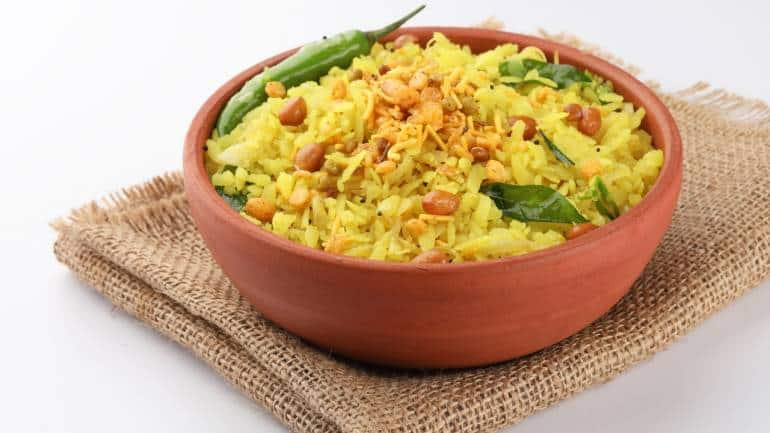Healthy diet: Daal (lentil) is often regarded as a go-to protein source, especially in vegetarian diets. While lentils do contain protein, they are not as protein-dense as many believe (Image: Canva)
Your daily bowl of daal and curd is not giving you as much protein as you think. Both these foods have more carbs and very little protein. Misjudging the protein content in these foods can affect the balance of your diet, especially if you’re aiming to meet specific protein goals.
Here are five foods that we commonly mistake to be good sources of protein but are actually moderate to low in protein content:
Daal is often regarded as a go-to protein source, especially in vegetarian diets. While lentils do contain protein, they are not as protein-dense as many believe.
Story continues below Advertisement
Why it’s misleading:
- A typical serving of cooked dal (around 1 cup) contains only about 9 gm of protein, but it also comes with a good amount of carbohydrates (around 40 gm).
- For someone with high protein needs, relying solely on daal for protein intake can lead to an imbalanced diet.
Better alternative: Combining daal with high-protein foods like paneer, tofu, or legumes like chickpeas or kidney beans can improve its protein profile.
- Sattu (Roasted gram flour)
Sattu is often marketed as a protein powerhouse. Made from roasted chana, it’s commonly used in drinks, stuffed parathas, or energy bars.
Why it’s misleading:
- Sattu is a good source of fibre and moderate protein, but it’s not as protein-rich as many think.
- One serving (about 100 gm) of sattu contains around 20 gm of protein, but the same amount of serving is high in carbohydrates as well.
Better alternative: Pair sattu with yogurt, nuts, or seeds to boost the protein content of your meal.
 Health benefits of poha: While it’s light and easy to digest, poha is not a significant source of protein (Image: Canva)
Health benefits of poha: While it’s light and easy to digest, poha is not a significant source of protein (Image: Canva)
Poha for breakfast or evening snack has long been considered a balanced meal, including protein content. While it’s light and easy to digest, poha is not a significant source of protein.
Why it’s misleading:
- Poha contains less than 2 grams of protein per serving (1 cup). It is primarily made of carbohydrates, and while it can be a part of a balanced meal, it doesn’t contribute much to daily protein intake.
- Many people rely on poha with peanuts for protein, but the amount of protein from peanuts in a typical serving is quite low.
Better alternative: To boost protein, add cooked lentils, boiled eggs, or tofu to your poha.
Milk is often considered a primary source of protein for many of us. While milk does contain protein, its protein content is not as high as we may believe, especially when consumed in small quantities.
Why it’s misleading:
- A cup of milk (250 ml) contains only about 8 grams of protein, which is moderate compared to other protein-rich foods like eggs or paneer.
- Many people drink milk in small quantities as part of their tea or coffee, assuming they are getting a sufficient protein boost, but the intake is often negligible.
Better alternative: Opt for Greek yogurt, paneer or hung curd, which are more concentrated sources of protein compared to milk.
While curd is considered a healthy addition to any meal due to its probiotic content, its protein content is often overestimated.
Why it’s misleading:
- Regular curd contains only about 3-4 gm of protein per 100 grams. While it’s beneficial for digestion and gut health, it is not a significant source of protein when consumed in small quantities, such as a side dish.
Better alternative: Opt for Greek yoghurt, which has nearly double the protein content (about 10 grams per 100 grams), or pair regular curd with high-protein foods like nuts or seeds.
Story continues below Advertisement
While these everyday foods are nutritious, they may not be as protein dense as you believe. If you are on a vegetarian diet, these foods in themselves are not enough to give you enough protein for the day. It is therefore important to include a variety of high-protein sources like paneer, tofu, quinoa, legumes, and nuts.




 Health benefits of poha: While it’s light and easy to digest, poha is not a significant source of protein (Image: Canva)
Health benefits of poha: While it’s light and easy to digest, poha is not a significant source of protein (Image: Canva)